In Photos: Art for Robots
Intro
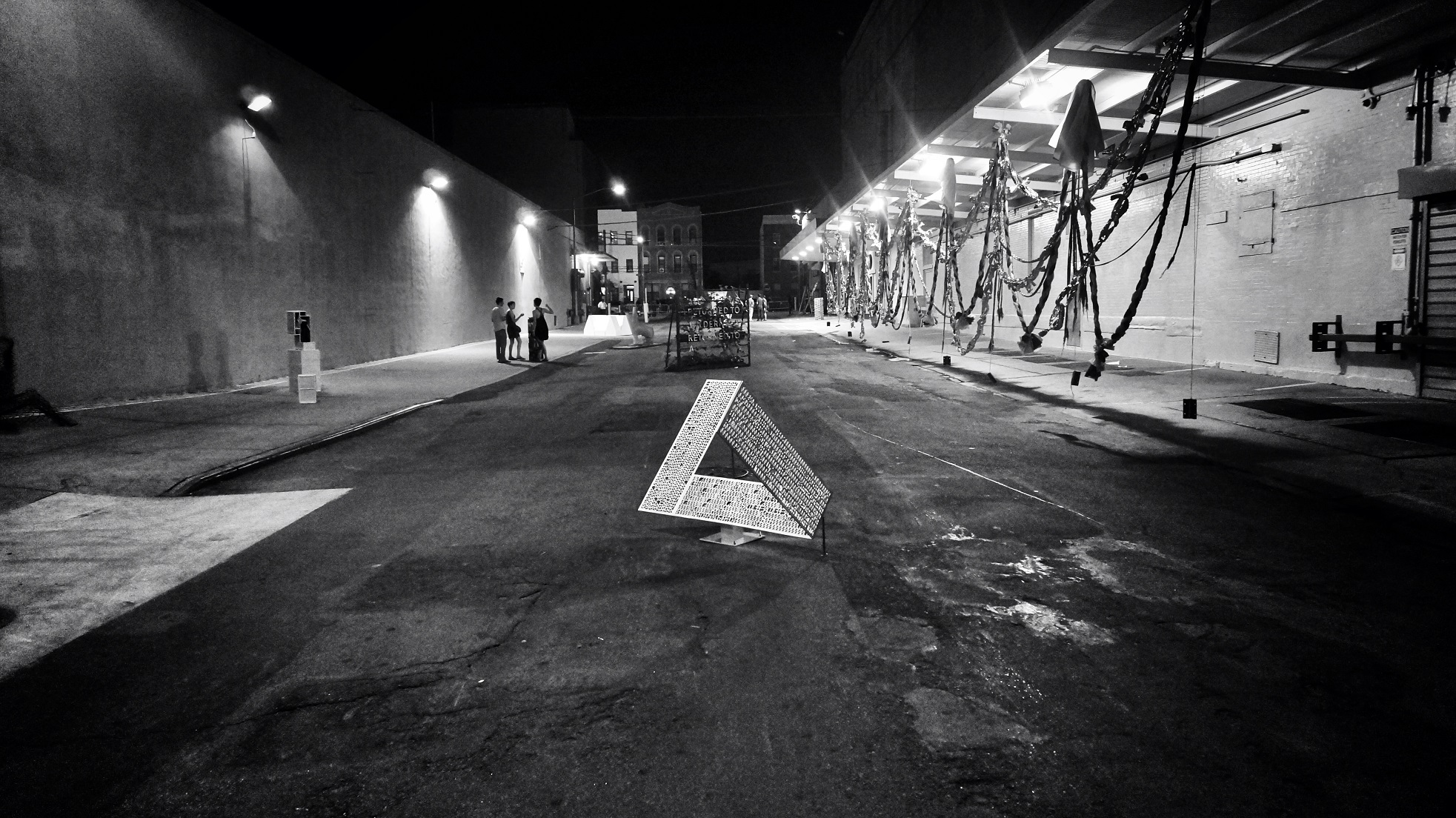
Could art be made in such a way that both humans and computers can understand and appreciate it? In an attempt to bridge gap in art perception by humans and robots, Ashley Zelinskie, a Brooklyn-based artist uses 3D-printing to create sculptures made of computer’s basic language, the binary code.Zelinskie’s project, called “Reverse Abstraction,” includes simple geometrical objects, representations of mathematical constants and recreation of masterpiece paintings in hexadecimal code.
Cubes
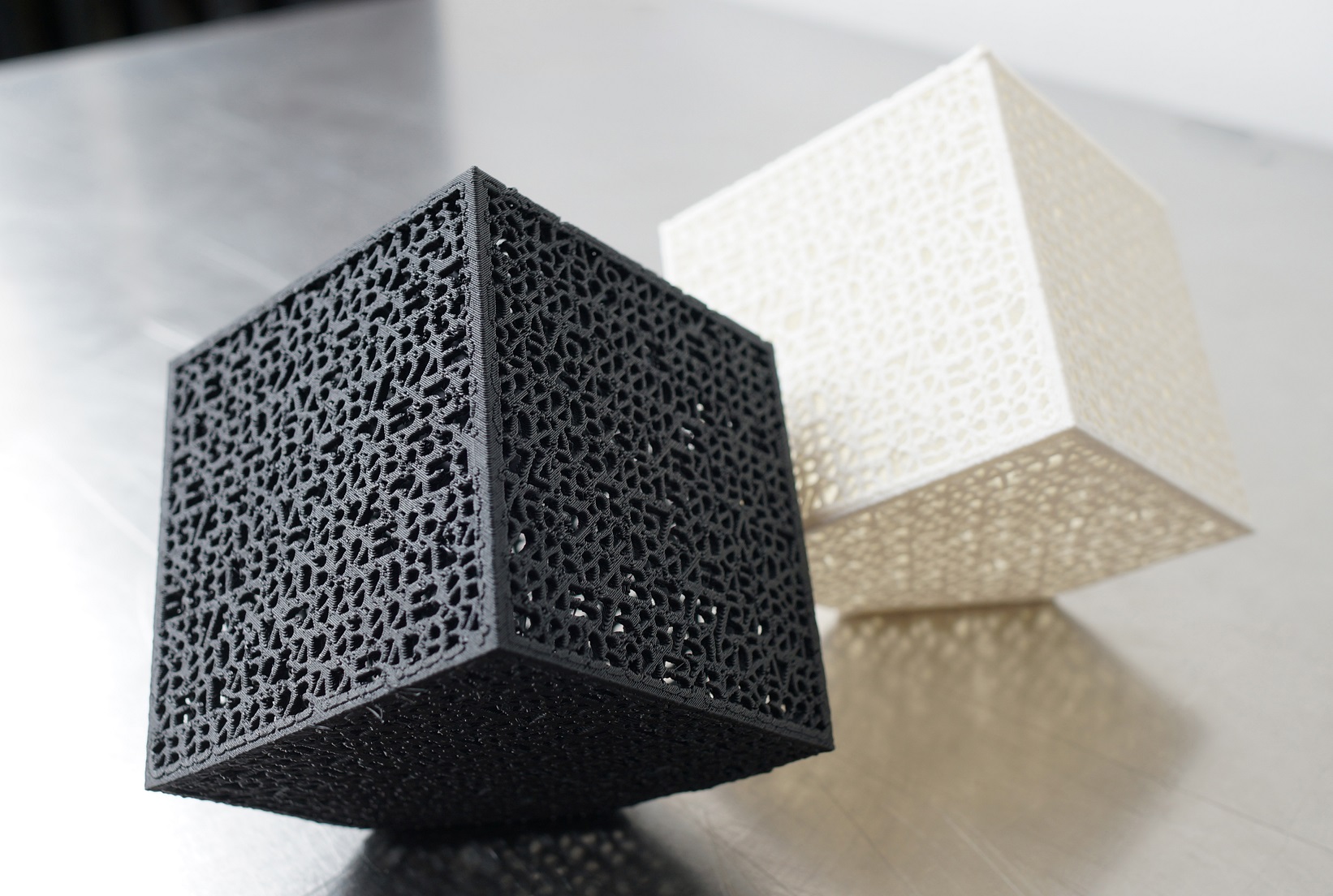
The black and white cubes are made of code that if read by a computer, would say a black cube and a white cube. By Ashley Zelinskie.
The golden ratio
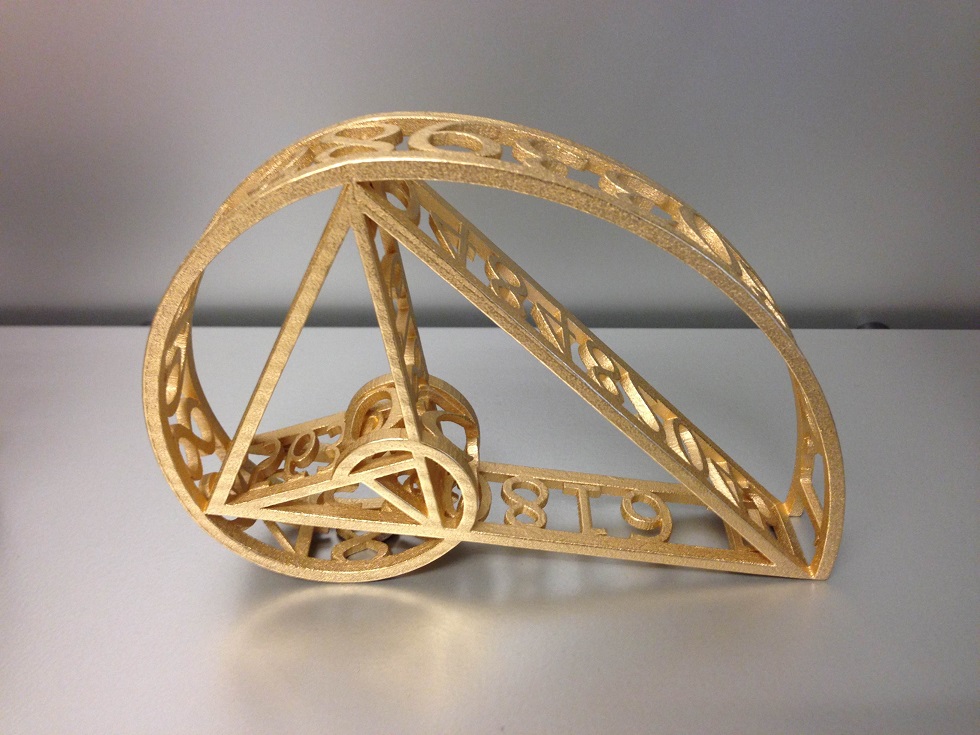
A sculptural representation of the golden ratio made up of the repetition of its mathematical equation, 3D-printed in gold. By Ashley Zelinskie.
Mona Lisa
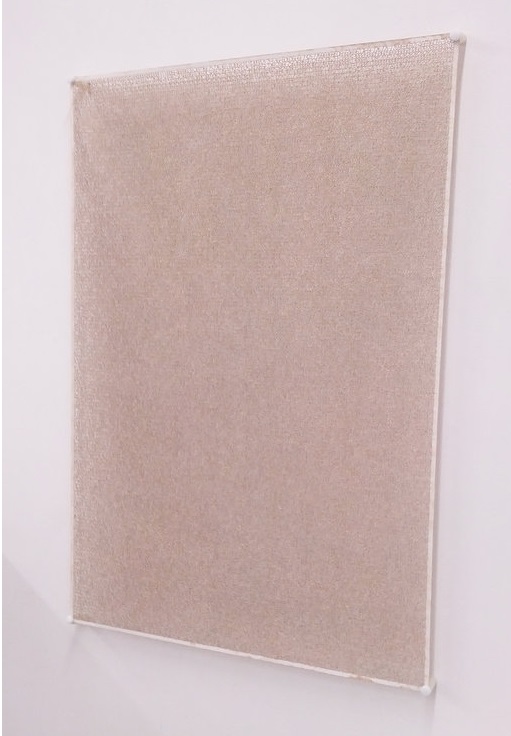
A hexadecimal reproductions of Leonardo da Vinci's Mona Lisa. The code was then photoshoped to fit onto a canvas the same size as the original work of art. By Ashley Zelinskie.
Mona Lisa
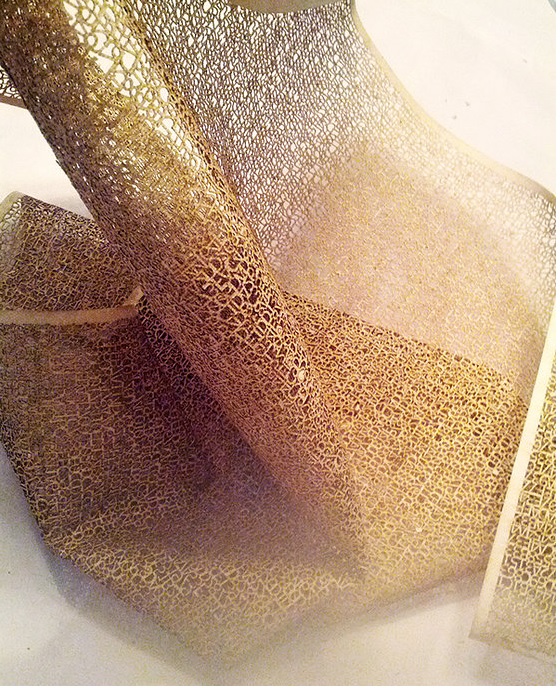
A hexadecimal reproductions of Leonardo da Vinci's Mona Lisa. The code was then photoshoped to fit onto a canvas the same size as the original work of art. By Ashley Zelinskie.
Mobius strip
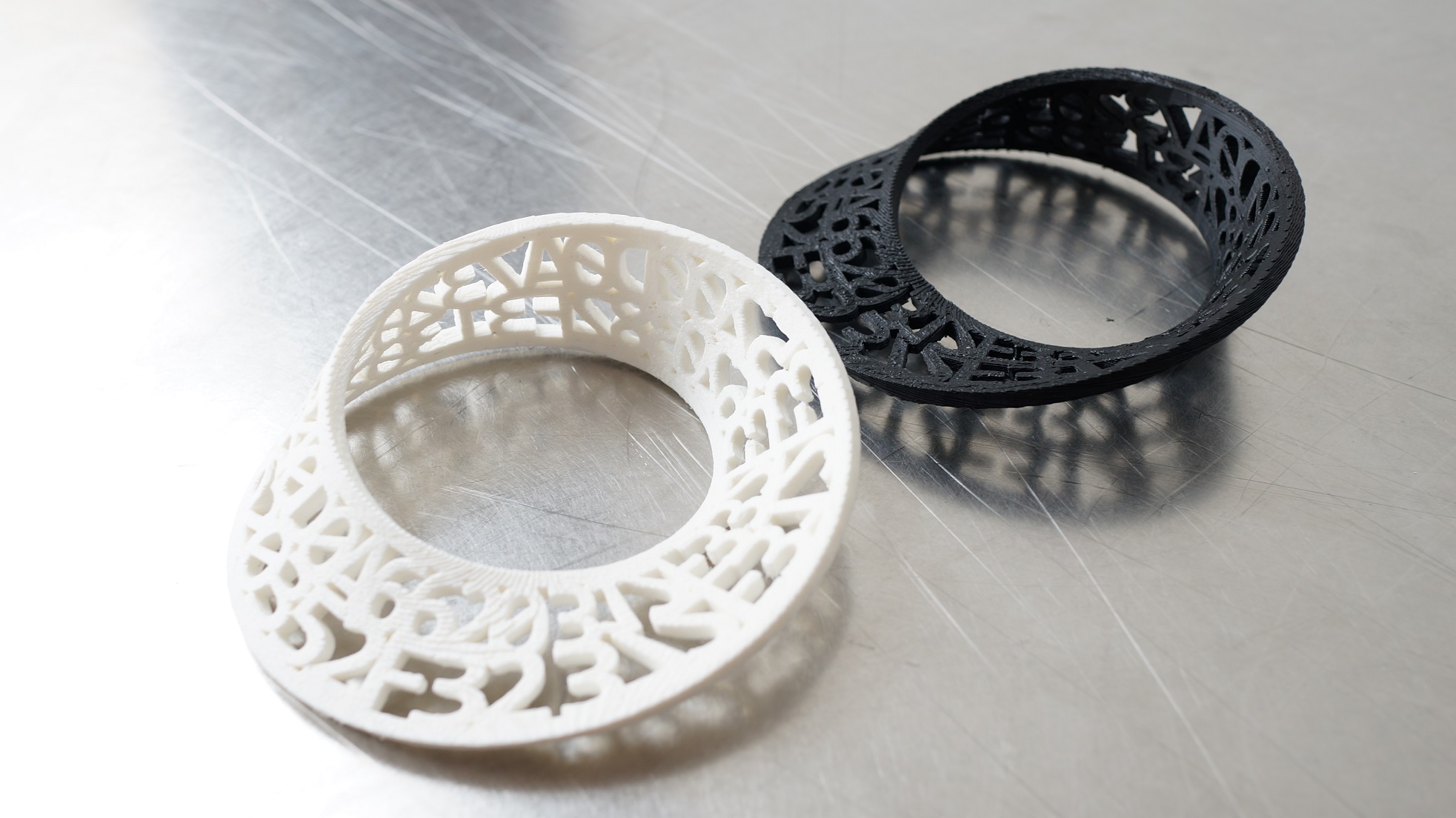
3D-printed Mobius strips. By Ashley Zelinskie.
Torus
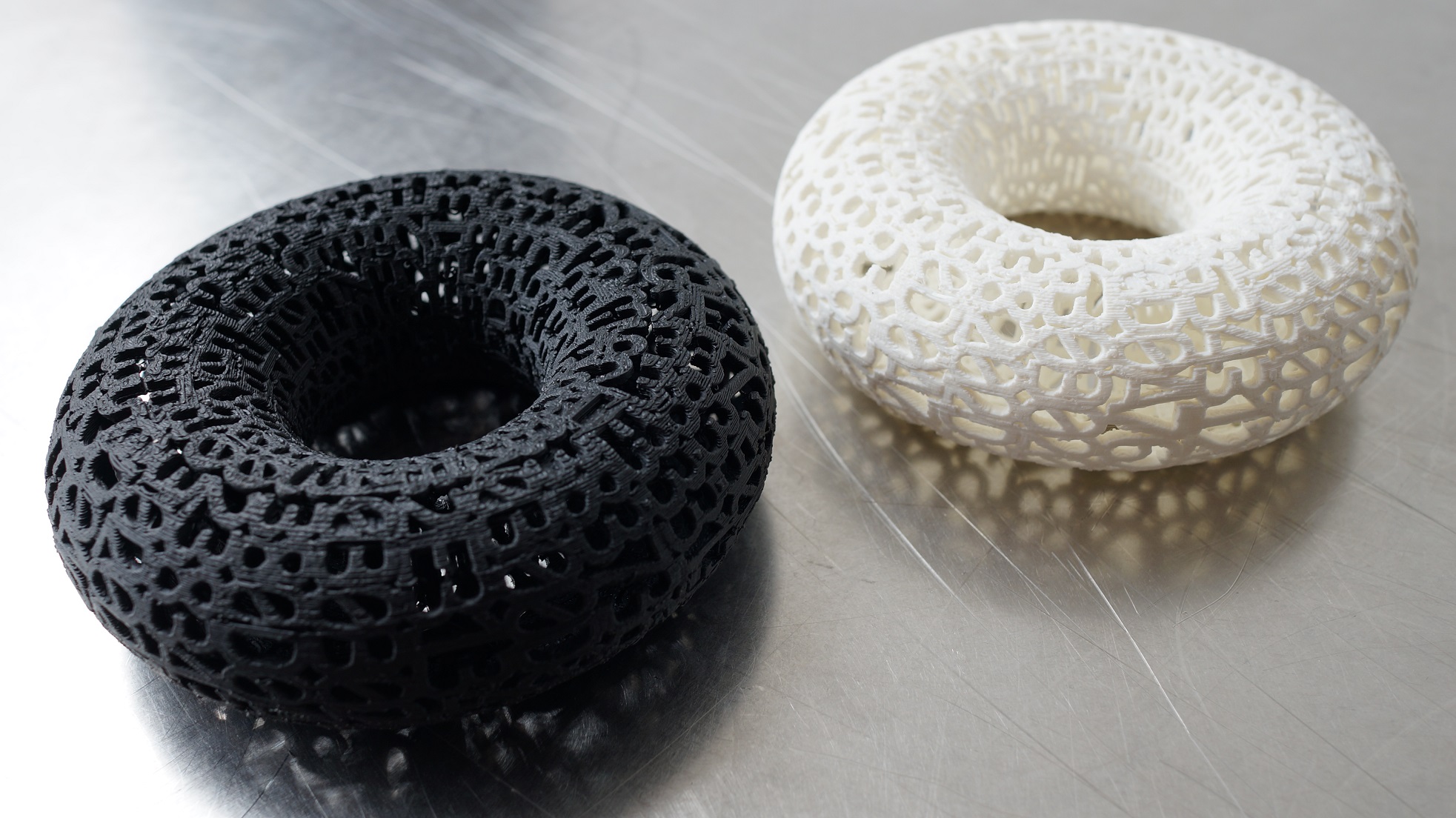
A 3D-printed Torus. By Ashley Zelinskie.
Get the world’s most fascinating discoveries delivered straight to your inbox.
Pi
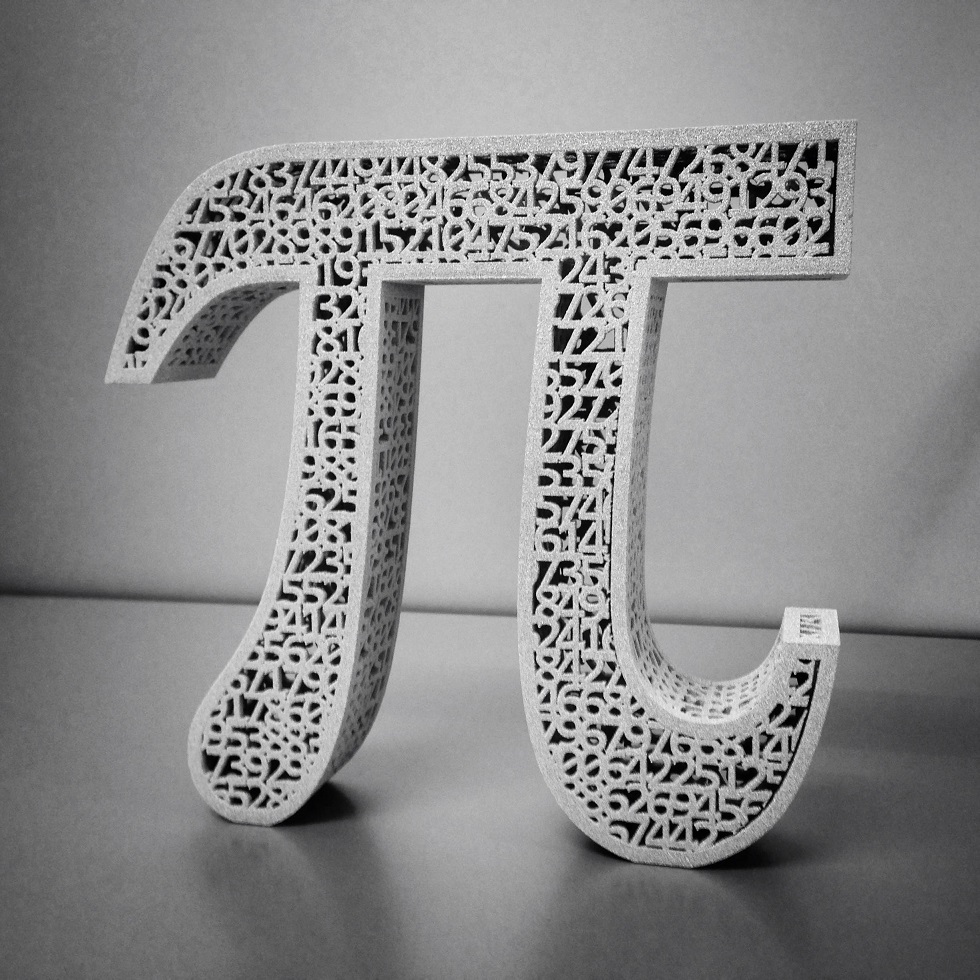
A sculptural representation of Pi by Ashley Zelinskie.The text reads:3.1415926535897932384626433832795028841971693993751058209749445923078164062862089986280348253421170679821480865132823066470938446095505822317253594081284811174502841027019385211055596446229489549303819644288109.....
The chair
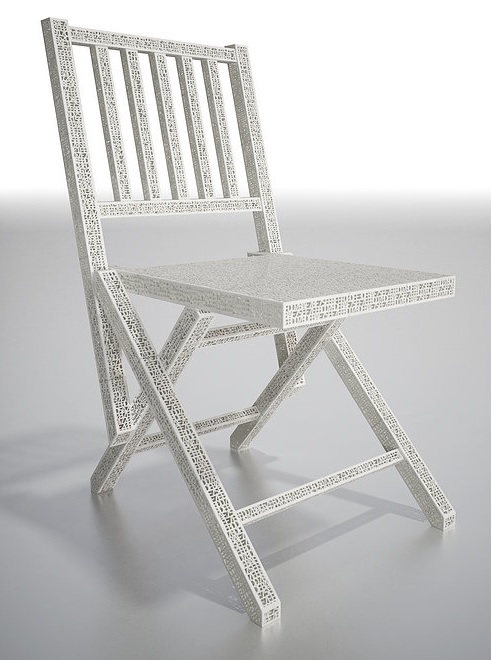
A recreation of Joseph Kosuth’s “One and Three Chair” piece. Kosuth questioned reality by including a chair, a picture of a chair and the definition of chair and asked, "What is the real chair?" Zelinskie’s chair is made of hexadecimal code of the3D rendering of the chair used in Kosuth’s project. The chair will look like a chair to both human and computer and will pose the question “which is the real chair?”



